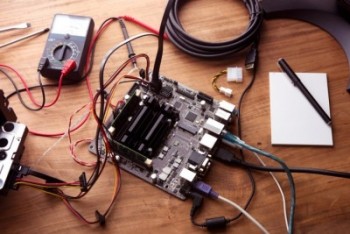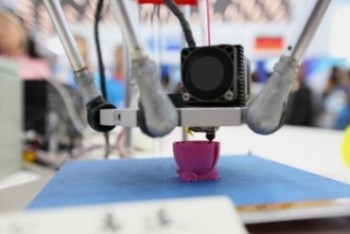
There are several reasons that prototyping doesn’t work the way it should, but often, it comes down to five common mistakes. Not all designers make all of these mistakes, but as you begin your prototyping phase, you should be aware of them so you can avoid adding extra time, costs, and headache to your new product development.
Mistake #1: Not Investing in Tools to Speed up the Process
One of the biggest sources of waste in product development — both in terms of time and money — is in waiting for the resources needed to develop the prototype. Whether you are working on developing a technological facet of the project, or you just need a part, the time you spend waiting for the things you need adds up to a hefty percentage of the overall budget.
Therefore, when you consider prototyping, look into the tools and equipment you will need, and factor in the costs inherent in acquiring those resources. In many cases, it may be more cost effective to invest in tools like a 3-D printer or common microchip architecture (what exactly you’ll need depends on what you’re creating) that speeds up the process of embedded design, then it would be to wait for someone to develop the design for you.
Mistake #2: Overdesigning the Prototype
Prototypes are meant to be imperfect. They are meant to answer a specific question — will this even work? — and help you refine your idea so that when it is finally complete, it is as close to perfect as possible. Unfortunately, many designers devote a great deal of time and resources engineering the prototype, fearing that offering an incomplete version will be embarrassing or cause them to lose support.
However, it’s important to realize that prototypes are designed for learning and as a tool for feedback and market validation, so it isn’t necessary to add all of the bells and whistles from the start. In fact, when you do spend a great deal of time engineering the prototype, it’s possible that the result will lead to frustration. If the feedback isn’t good, you may be less willing to make changes, or worse, you’ll lose interest and enthusiasm before you even finish the first prototype.
 Mistake #3: Aiming for Perfection in the First Try
Mistake #3: Aiming for Perfection in the First Try
Along the same lines, many designers aim for a perfect design with the first prototype. This is missing the point of a prototype entirely. Prototypes are meant to be imperfect and bare bones. Might you get lucky and get it right on the first try? It’s possible. But it should not be the goal. Remember: The prototype is meant to answer a specific question. Focus on that question, and worry about perfection later. You do not want users testing the prototype to be focused on the look of the product at this stage, but on the functionality.
Mistake #4: Not Incorporating Feedback
Prototyping should not happen in a vacuum. Yes, you should rely in your engineering instincts and customer research to a point to develop your ideas, but a key part of the prototyping process is to gather feedback. Get the prototype, no matter how ugly or half-baked, into the hands of users. Ask for their feedback, and then use that feedback to create future iterations of the design. Users are going to have insights that you simply will not, and unless you incorporate their feedback and opinions into the design, you’re not going to have a successful product.
Mistake #5: Forgetting the End User
The most important part of the prototype process is to remember the end user. It seems obvious, but so often designers forget to consider who will be using the product and how, and end up creating something that isn’t useful at all or is too complicated. Do not forget, for example, that your end user may not be using a computer that is as powerful as yours, or may have a weaker Wi-Fi signal. By keeping the limitations of the user in mind, you’ll design better products from the start.
Prototyping is an important step in product development, but only when you approach it with the right mindset and an understanding of its purpose. When you do, your product will be much more successful and you’ll keep costs in check in the process.
Find a Home-Based Business to Start-Up >>> Hundreds of Business Listings.















































